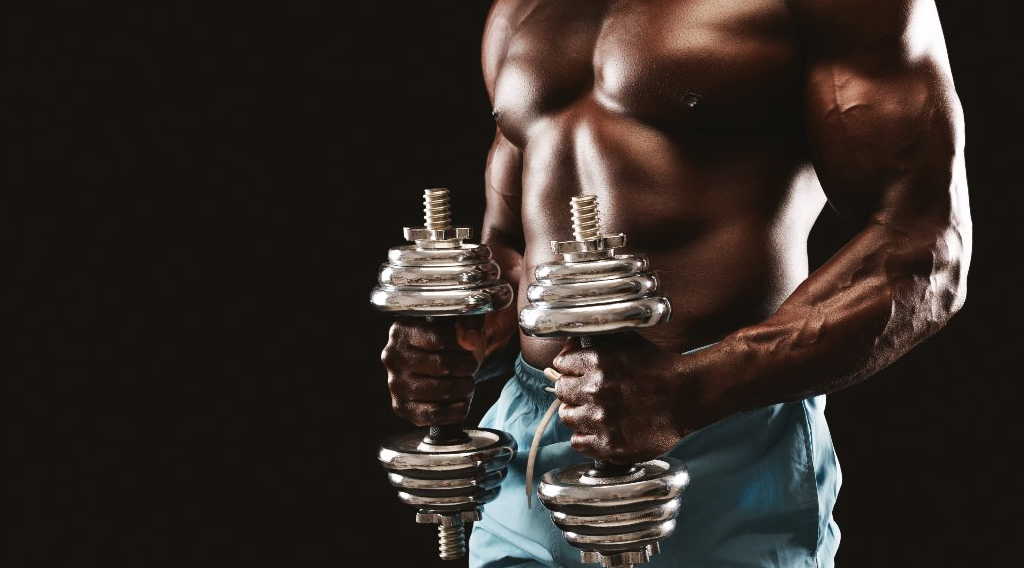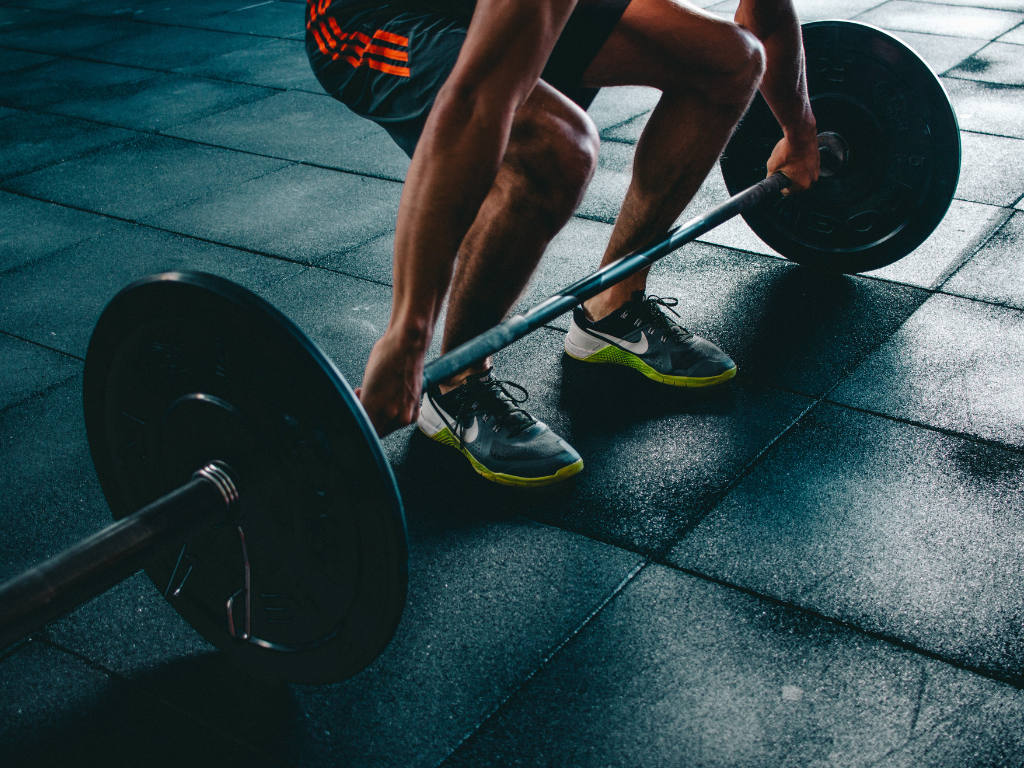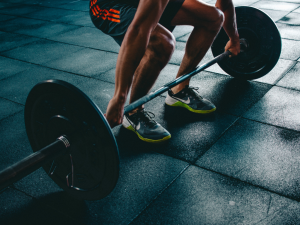
When it comes to building strength, increasing muscle mass, and improving overall fitness, compound movements should be the cornerstone of your training routine. These exercises, which involve multiple muscle groups and joints working together, offer numerous benefits that isolation exercises simply can’t match. Here’s why compound movements should form the foundation of all your workouts.
What Are Compound Movements?
Compound movements are exercises that target multiple muscle groups at once. Unlike isolation exercises, which focus on one muscle or joint (like bicep curls or leg extensions), compound movements engage multiple muscles, allowing for more efficient workouts. Examples of compound movements include squats, deadlifts, bench presses, pull-ups, and rows.
1. Maximized Efficiency
One of the biggest advantages of compound movements is their efficiency. Since these exercises work several muscle groups at once, you can target more muscles in less time. Instead of spending hours on isolated exercises for each body part, compound lifts allow you to get a full-body workout in a shorter amount of time, making them perfect for busy schedules.
2. Builds Functional Strength
The movement patterns used in compound exercises mimic those we use in everyday activities. For example, squatting helps with getting up and down from chairs, while deadlifts strengthen your grip and posture. By incorporating compound movements into your training, you’re not only building muscle but also developing functional strength that translates to real-world performance.
3. Burn More Calories
Compound exercises engage larger muscle groups, meaning they require more energy to perform. This increased energy expenditure translates to more calories burned during and after your workout. So, if you’re looking to shed some body fat or improve your cardiovascular health, compound movements should be a go-to in your fitness plan.
4. Improved Muscle Coordination
Because compound movements engage multiple muscle groups at once, they help improve the coordination between different muscles and joints. This leads to better balance, stability, and overall movement efficiency, which is especially beneficial for athletes or anyone looking to improve their performance in other activities.
5. Promotes Hormonal Growth
Engaging larger muscle groups with compound movements stimulates the release of growth hormones, such as testosterone and human growth hormone (HGH). These hormones are essential for muscle growth and recovery, meaning that compound exercises not only help you build strength but also support long-term gains in muscle size and endurance.
6. Progressive Overload Made Easy
One of the key principles for building strength and muscle is progressive overload—gradually increasing the weight, reps, or intensity of your exercises. Compound movements are ideal for this because they allow you to lift heavier loads than isolation exercises. The more weight you can lift, the more you’ll stimulate muscle growth, and compound movements naturally lend themselves to this progression.
7. Time-Saving Workouts
Since compound exercises engage multiple muscle groups, you can accomplish more in less time. This is particularly useful for people with limited time who want to get the most out of their workouts. A well-structured routine with compound movements can provide a full-body workout, helping you achieve your fitness goals in a fraction of the time it would take with isolation exercises.
8. Better Posture and Joint Health
Compound exercises like deadlifts, squats, and overhead presses require good posture and joint stability. As you perform these exercises, you develop better posture by engaging core muscles, strengthening your back, and improving your overall body alignment. This helps reduce the risk of injuries and promotes joint health, especially as you age.
Getting Started with Compound Movements
To incorporate compound movements into your training, start by focusing on the fundamental exercises:
- Squats (targeting quads, hamstrings, glutes, and core)
- Deadlifts (targeting lower back, glutes, hamstrings, and core)
- Bench Press (targeting chest, shoulders, and triceps)
- Pull-ups or Rows (targeting back, biceps, and forearms)
- Overhead Press (targeting shoulders, triceps, and core)
Start with lighter weights to master your form, and progressively increase the weight as your strength improves. Remember, proper form is essential to avoid injury and get the most benefit from each movement.
Conclusion
Compound movements are the backbone of a well-rounded training program. They help you build strength, burn calories, improve coordination, and enhance overall fitness—all while saving time. Whether you’re a beginner or an experienced lifter, incorporating compound exercises into your routine will not only help you achieve your fitness goals faster but also make your workouts more efficient and effective. So, make compound movements the foundation of your training, and watch your fitness levels soar!





